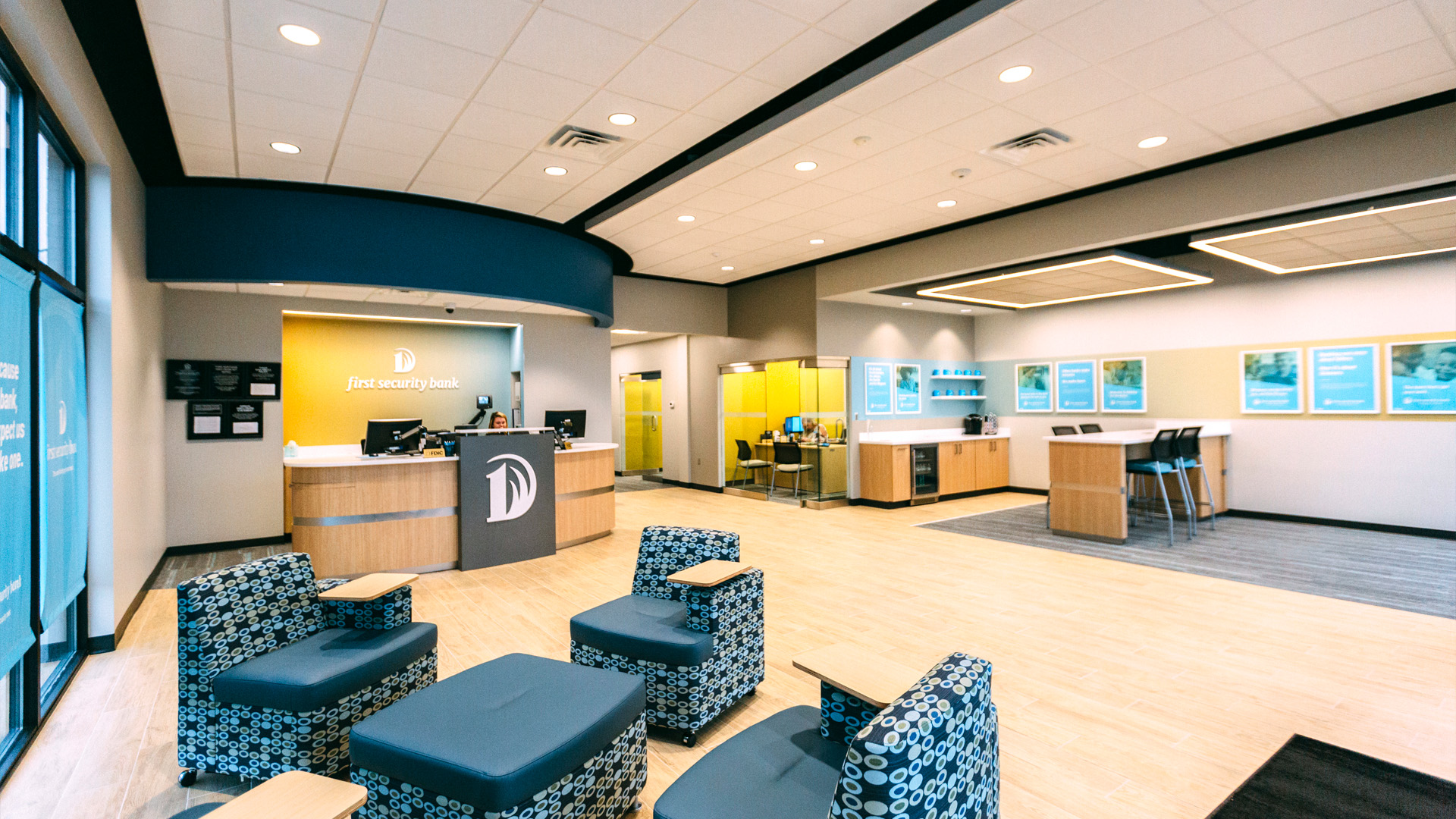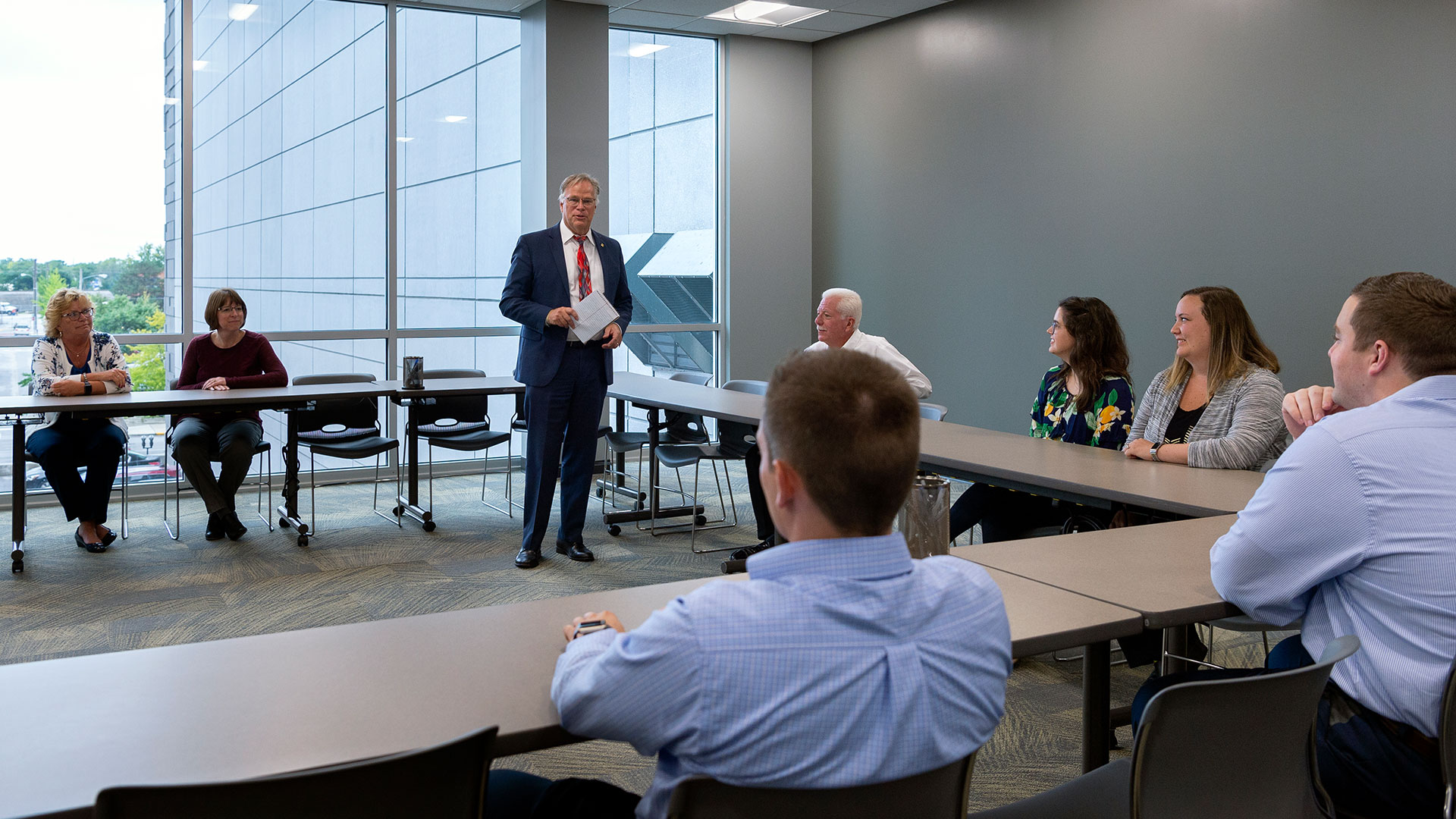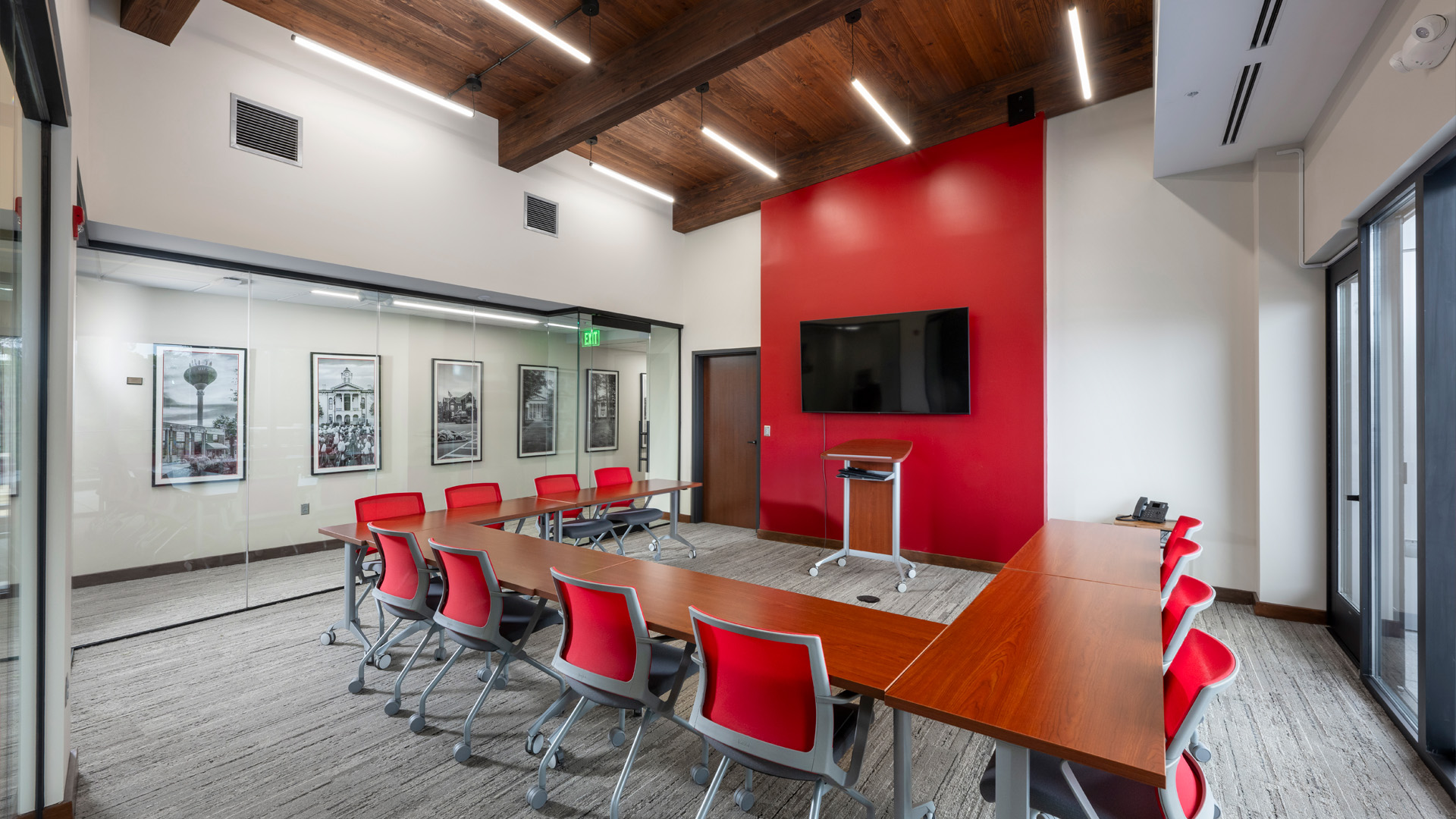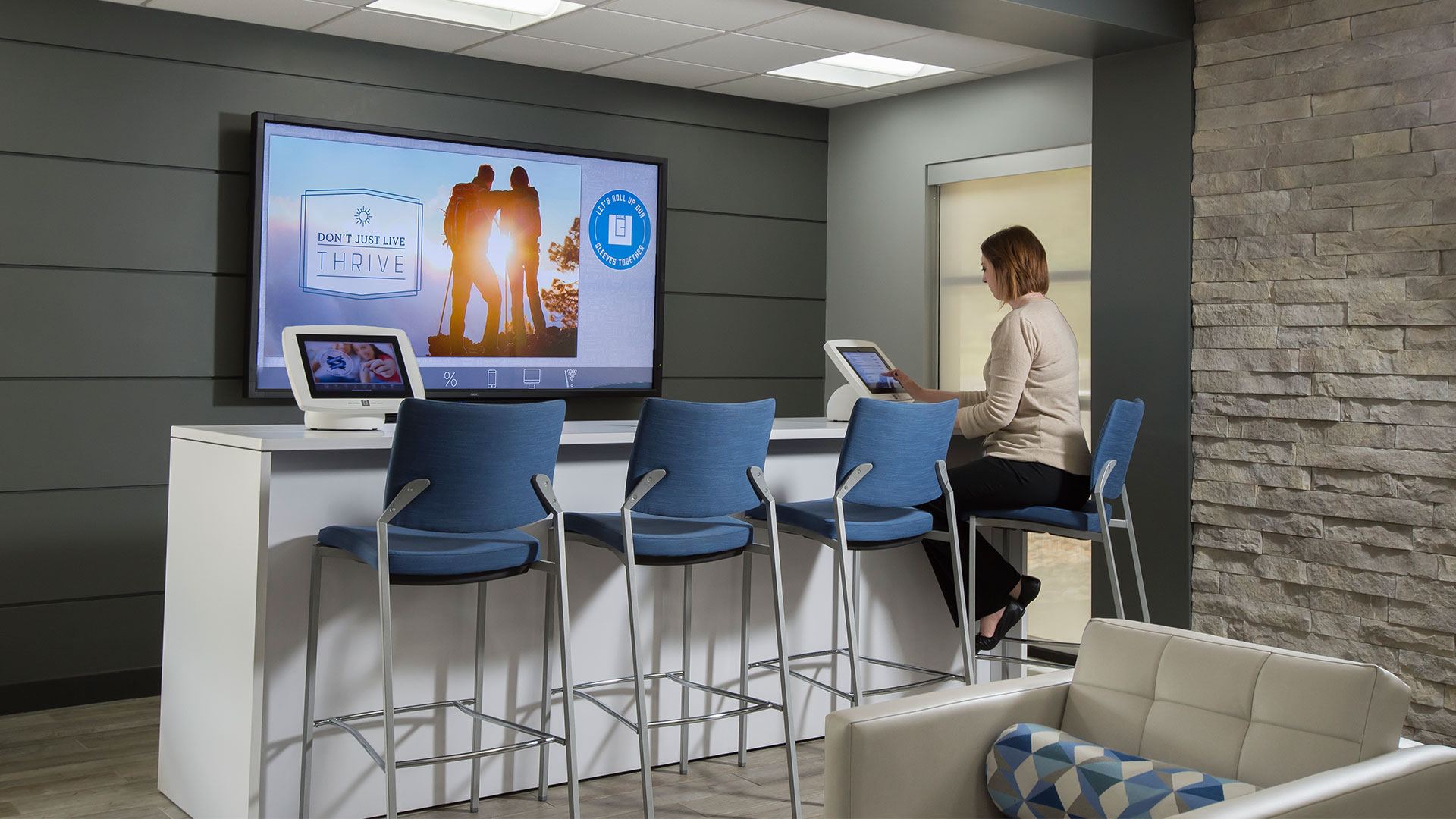Creating Community Spaces: Financial Centers Become Local Hubs
By Jared Monce, AIA
November 6, 2024Post Tagged in
Financial institutions have always been rooted in the community — supporting individual’s personal goals, business endeavors, and local programs. Naturally, financial branches and operations centers have opened their doors to community gathering.While these spaces have traditionally been equipped with teller lines and private office space to facilitate transactions, more financial institutions are looking to reinvent and build spaces that are open for community involvement. Spaces where they can provide resources, networking opportunities, and support for local development. Let’s explore how financial centers can successfully create and sustain community-oriented spaces. |

|

 |
The Evolution Beyond Financial ServicesTraditional banking spaces are inherently formal and transactional. You may think of a secure teller line, large steel vault doors, and maybe even hints of the neo-classical style. The design aesthetic greets customers or members with a stately institutional feel and instills a sense of money security. While this style made sense for several reasons, the quick evolution of technology in the banking industry has rendered a number of these traditional appearances and functions obsolete. Online banking has shifted customer behavior to complete transactions from their phone, reducing the need for branches to strictly serve transactional processes. Advanced technology, such as cash recyclers inside the branch and interactive teller machines outside the branch, has enabled financial centers to shift from transactional spaces to advisory spaces. Architecturally, this change in banking has opened opportunities to utilize the branch in new ways. |




